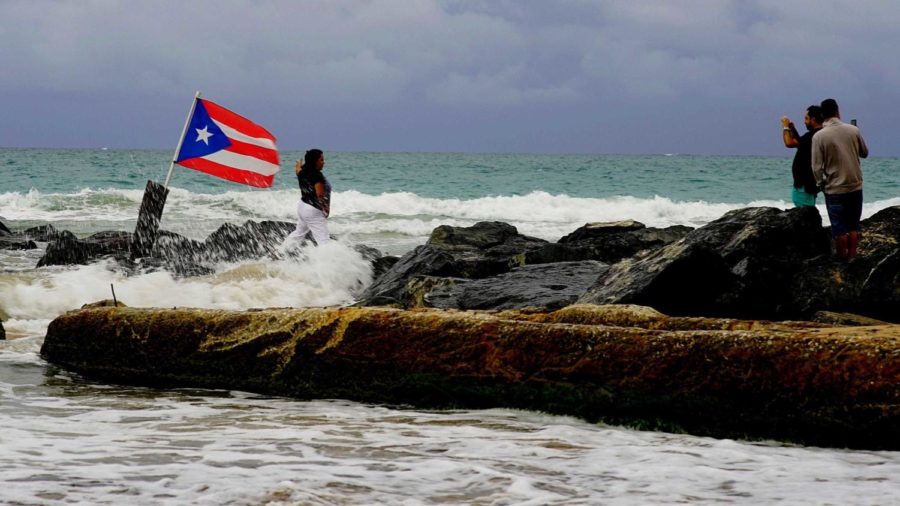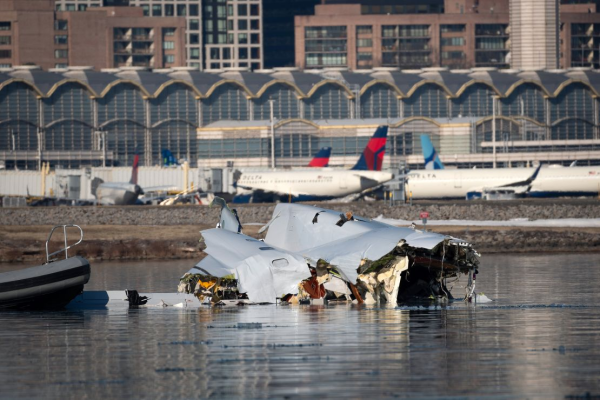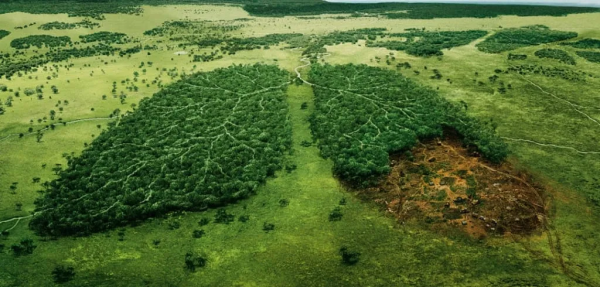Hurricane Dorian Stalls in the Atlantic
On September 2, 2019, Hurricane Dorian struck the Bahamas as a category 5. This hurricane has been recorded as the second strongest Atlantic Hurricane and is tied with the 1935 Labor Day Hurricane. Dorian battered the Northern Bahamas for about 48 hours and remained stationary until it began moving “west at a mere mile per hour,” according to the National Hurricane Center. Rainfall was up to 36 inches and wind speeds reached a minimum of 183 mph. After moving past the Bahamas, the frightening hurricane raced up Florida’s east coast barely causing any damage, and continued on its northwest ward path. Dorian may be gone, but the damage remains.
Over 70,000 Bahama residents have been announced homeless. Witnesses say that one in ten houses have been demolished. Not only are homes destroyed, but search parties are still on the hunt for hundreds of missing people. As of September 9, 2019, the death toll for the Bahamas is at least 45. Many people and businesses are suffering tremendously and believe the country is now a whole year behind state schedule.
Although the damage looks as if it is irreversible, many corporations are making the Bahamas their only priority. For example, the Mercy corps explained, “Our team is surveying the affected islands of Abaco and Grand Bahama and is distributing solar lanterns. We are committed to reaching 3,000 families with emergency kits which include: mosquito nets, tarps, jerry cans, chlorine tablets to purify water, and rope.”
Seasonal storms and tropical cyclones are no stranger to the state of Florida. On average, one-two hurricanes make landfall on the east coast of the US with 40% hitting Florida head on. Although Florida is usually prepared every season, many locations do not expect the surprise.







